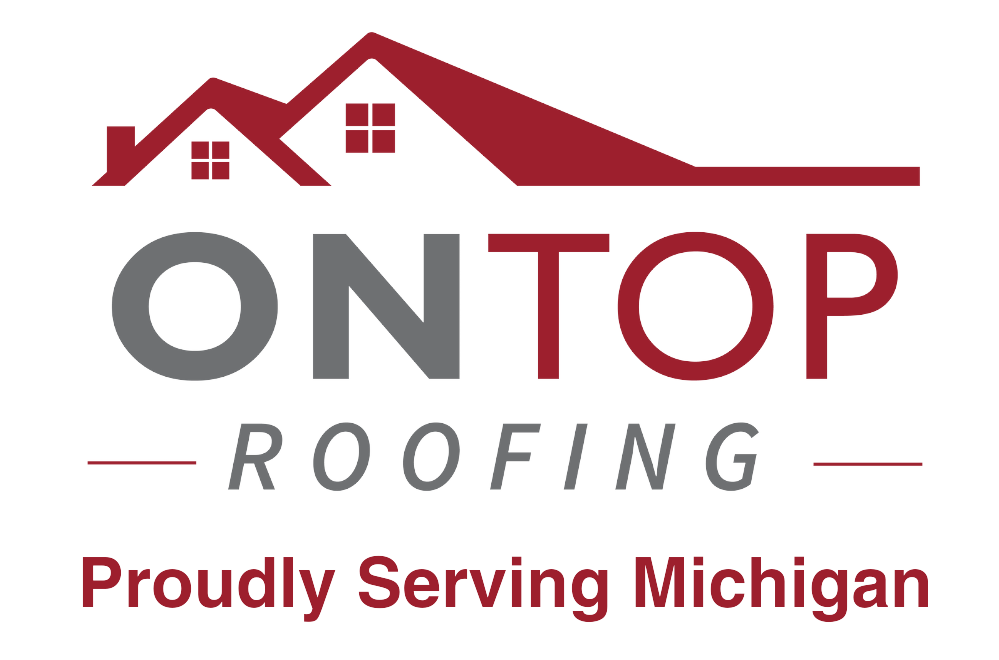
A roof is one of the most important structural components of any home, yet it often receives the least attention—until something goes wrong. In Michigan,
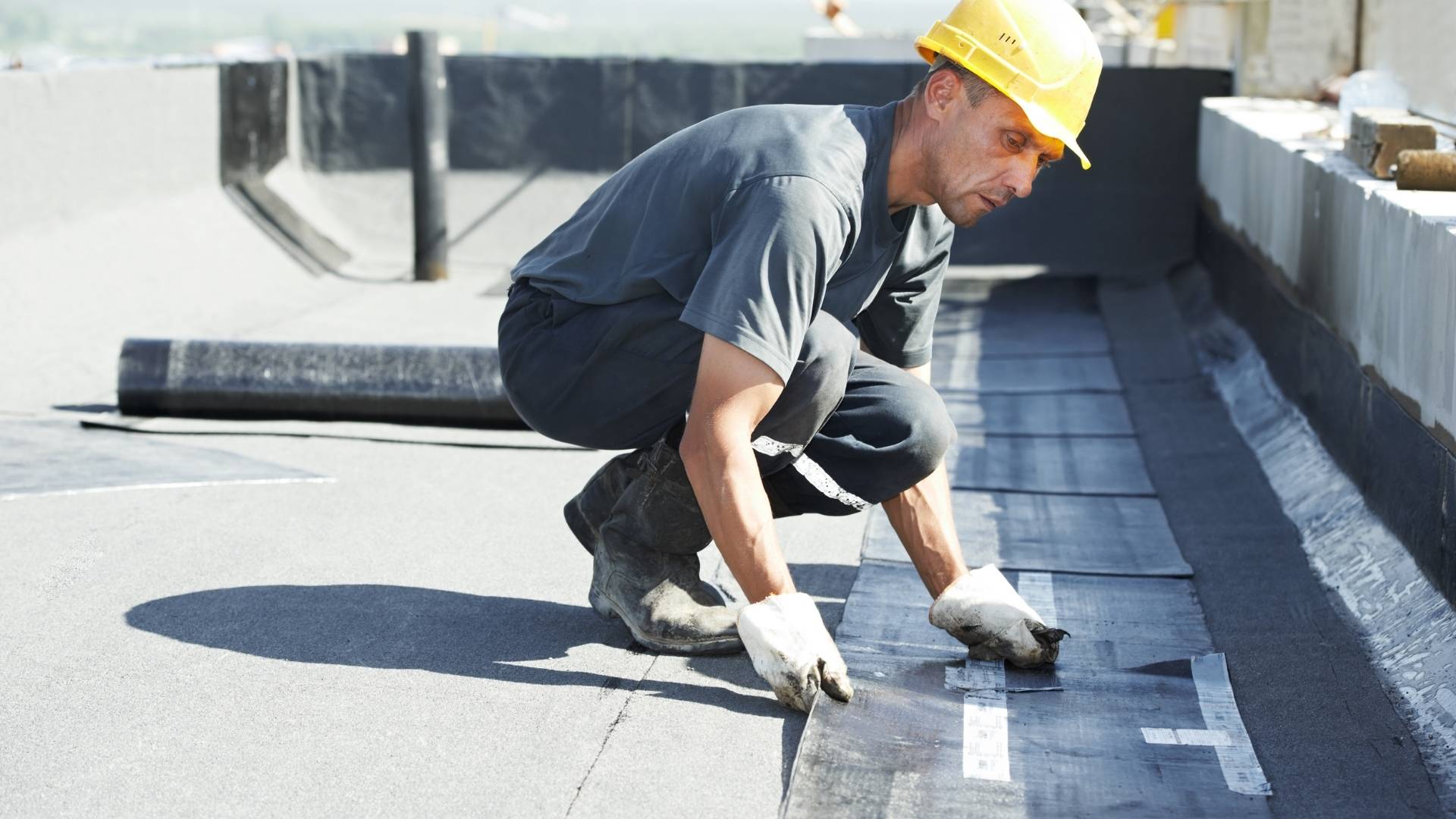
Your commercial roof is more than just a protective layer—it’s a strategic investment in your business’s longevity, energy efficiency, and curb appeal. Whether you’re constructing a new facility or replacing an aging roof, understanding the different types of commercial roof systems is essential. Each option offers unique benefits, costs, and maintenance requirements, and the right choice depends on your building’s structure, climate, and operational needs.
In this guide, we’ll break down the most common commercial roof systems, compare their pros and cons, and help you determine which one is best suited for your business.
A commercial roof differs from residential roofing in scale, design, and materials. Typically flat or low-sloped, commercial roofs must withstand heavier loads, accommodate HVAC systems, and meet stricter building codes. They’re engineered for performance, durability, and cost-efficiency over large surface areas.
Key characteristics of commercial roofs include:
Let’s explore the most widely used commercial roof systems and what makes each one unique.
Overview: BUR systems have been used for over a century. They consist of alternating layers of bitumen and reinforcing fabrics, topped with gravel or a reflective coating.
Pros:
Cons:
Best For: Businesses seeking a time-tested, durable solution for flat roofs.
Overview: A modern evolution of BUR, modified bitumen uses asphalt-based sheets reinforced with polymers for added flexibility and strength.
Pros:
Cons:
Best For: Small to mid-sized buildings with moderate roof traffic.
Overview: EPDM is a synthetic rubber membrane known for its durability and flexibility. It’s often installed in large, single-ply sheets.
Pros:
Cons:
Best For: Warehouses, manufacturing facilities, and buildings in cooler climates.
Overview: TPO is a single-ply membrane that combines the benefits of EPDM and PVC. It’s white, reflective, and highly energy-efficient.
Pros:
Cons:
Best For: Businesses focused on sustainability and energy savings.
Overview: PVC roofing is a durable, single-ply membrane with excellent chemical resistance. It’s ideal for roofs exposed to grease or harsh substances.
Pros:
Cons:
Best For: Restaurants, chemical plants, and buildings with rooftop grease traps.
Overview: Metal roofs are made from steel, aluminum, or copper panels. They’re known for longevity and sleek aesthetics.
Pros:
Cons:
Best For: Retail centers, office buildings, and modern commercial spaces.
Overview: Green roofs incorporate vegetation over a waterproof membrane, offering environmental and aesthetic benefits.
Pros:
Cons:
Best For: Eco-conscious businesses and urban buildings with rooftop access.
| Roof Type | Lifespan | Cost | Energy Efficiency | Maintenance | Best Use Case |
| BUR | 20–30 years | $$ | Moderate | Moderate | Flat roofs with heavy traffic |
| Modified Bitumen | 15–20 years | $ | Low | Low | Small commercial buildings |
| EPDM | 20–25 years | $ | Low | Low | Warehouses, industrial spaces |
| TPO | 20–30 years | $$ | High | Low | Energy-conscious businesses |
| PVC | 20+ years | $$$ | High | Low | Restaurants, chemical exposure |
| Metal | 40–70 years | $$$ | Moderate | Low | Retail, offices, modern designs |
| Green Roof | 30+ years | $$$$ | Very High | High | Urban, eco-friendly buildings |
In Michigan, commercial roofs must endure heavy snow, rain, and fluctuating temperatures. Here’s how different systems perform:
Regardless of the system you choose, regular maintenance is key to maximizing your investment. Here are some tips:
For a deeper dive into roof maintenance best practices, check out this guide from Owens Corning.
When selecting a commercial roof, consider:
Consulting with a professional roofing contractor ensures your decision aligns with structural needs and business goals.
Choosing the right commercial roof system is a strategic decision that affects your business’s performance, safety, and bottom line. Whether you’re leaning toward TPO for energy savings or metal for longevity, On Top Roofing is here to guide you through every step—from selection to installation and maintenance.
Contact On Top Roofing today to schedule a consultation and get expert advice tailored to your business needs.

A roof is one of the most important structural components of any home, yet it often receives the least attention—until something goes wrong. In Michigan,
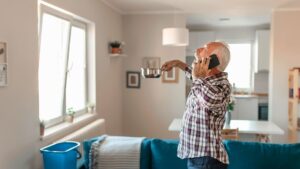
Michigan winters are known for their brutal cold, heavy snowfall, and constant freeze–thaw cycles—all of which create the perfect environment for roof damage. Every year,
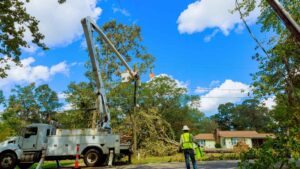
When a storm sweeps through Michigan, your home’s first line of defense — the roof — often takes the hardest hit. From high winds and
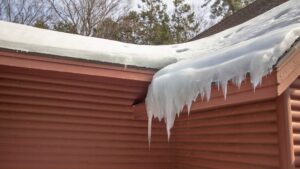
Michigan winters are as beautiful as they are brutal. Between heavy snowfalls, freezing rain, and frigid winds, homeowners often face one of the most common
"*" indicates required fields
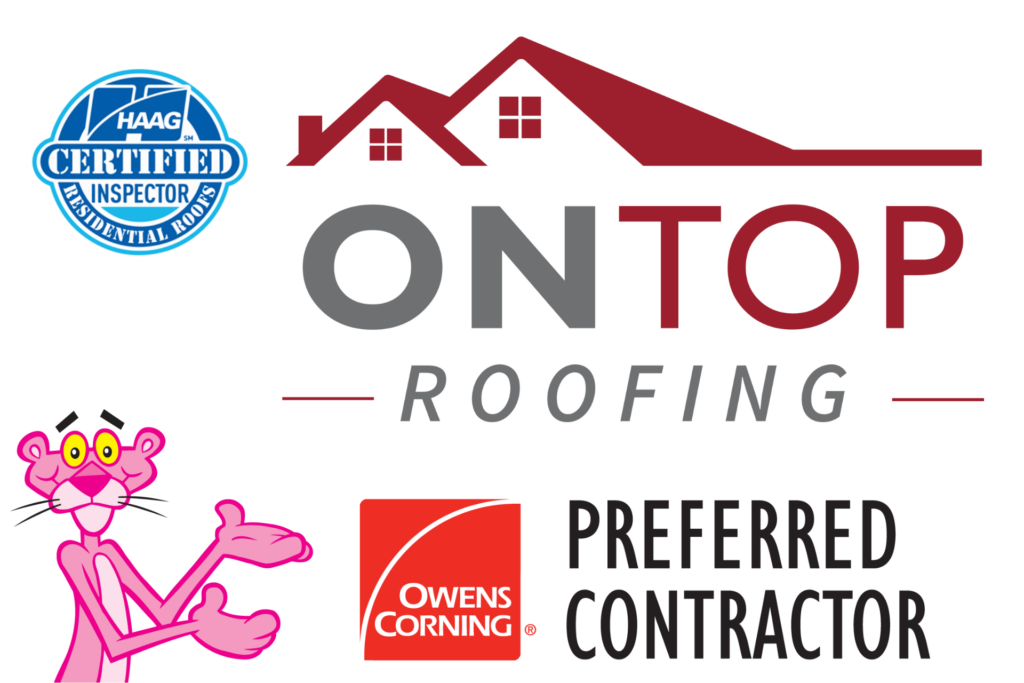
Take advantage of our free inspection and free second opinion offer and receive a complimentary estimate for any new installation service.
